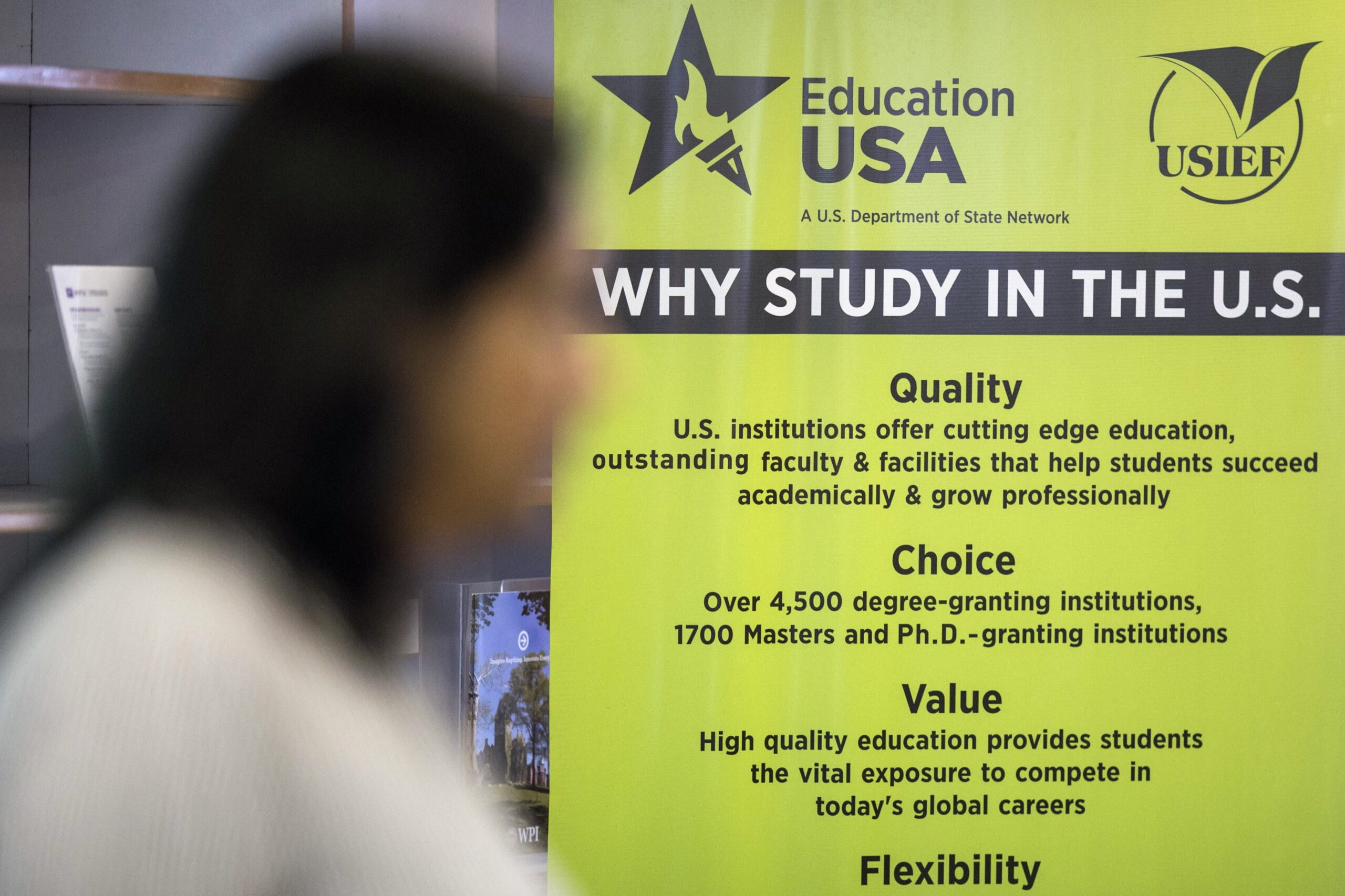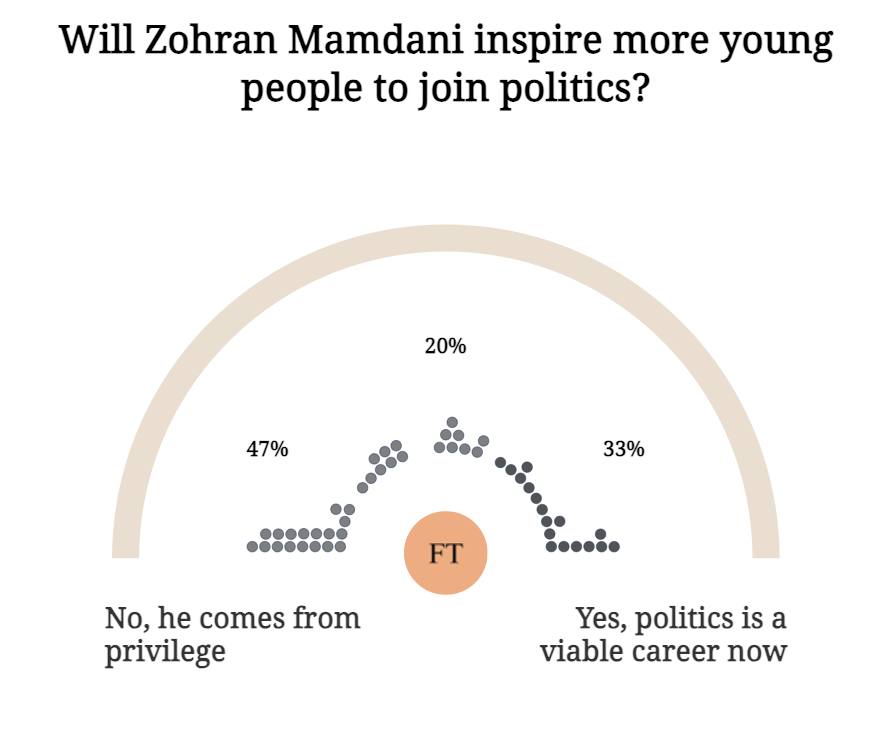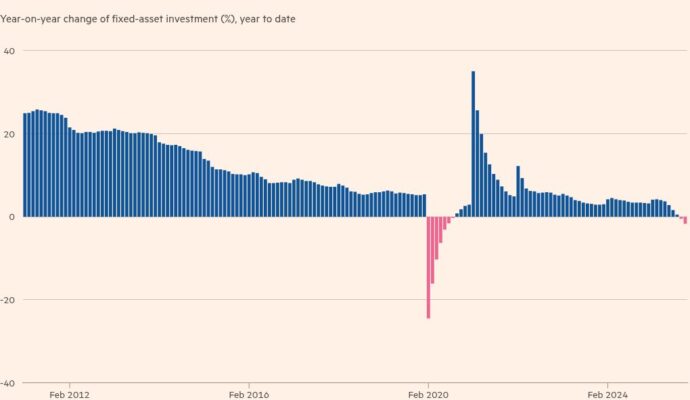Good morning. As I send out this newsletter I’m relieved that I’ve avoided having to talk about the India-US trade deal for a third consecutive edition. Some officials in New Delhi will probably not share my feelings on the matter as they look anxiously at the looming tariff deadline next week.
In today’s newsletter: as the US pauses student visa appointments, aspiring Indian graduates are looking to Europe and Russia. But first, the government has sprung a surprise move to improve Delhi’s air by banning the fuelling of old vehicles.
Gassed out
Some Delhi drivers had a rude start to the month. With just three days’ notice, the government has banned the sale of fuel to millions of vehicles categorised as “end-of-life”. This affects all diesel-powered vehicles more than 10 years old, and petrol vehicles over 15.
In the kind of contradiction that is emblematic of life in India, this announcement was both delayed and sudden. Tuesday’s edict dates back to a decade ago, when India’s green tribunal ordered a ban on so-called end-of life vehicles to combat the hazardous levels of air pollution in Delhi. This was challenged in court, but the directive was upheld by the Supreme Court in 2018. Yet in the years since, nothing has changed on the roads. There was no move to implement this order, at least not on any mass scale — that is, until the government’s announcement a few days ago, nearly six years after the original order.
There are some 6.2mn end-of-life vehicles in Delhi, according to official estimates, of which 4mn are two-wheelers. If you add the neighbouring areas that constitute the national capital region, the number of such vehicles goes up to 10mn. It is perhaps no surprise, then, that India’s capital is also one of the most polluted cities in the world. In some studies, vehicular pollution is the single largest contributor to the city’s bad air quality, so any move that helps address that at the source helps. The order is also good news for automakers, most of whom reported softening demand last month. Delhi has traditionally been one of the strongest auto markets in the country, and this is a great time for companies to push their electric vehicle offerings, further helping the cause of better air quality.
This plan could go a long way towards cleaning up the air in Delhi. But as with all plans, it is the implementation that matters, and there are already signs this is not going well. The air quality management authority’s intention was to use cameras that could read vehicle number plates and would sound an alarm if they detected older vehicles. It also enabled police officers stationed at petrol kiosks to impound the offending automobiles and have them scrapped. There has been considerable public backlash against these harsh measures, which has prompted Delhi’s transport minister to write to the agency. Some of the measures will probably be watered down, but the original order stays — for now.
Were there better ways of achieving the same goal? Yes. One example is through a rigorous and regular process of certifying the fitness of vehicles. Should the government have “soft launched” its threats through a phased approach? Perhaps; it would probably have made the move easier to swallow for the voting public. But in India, ground-level execution is a difficult exercise, and sometimes what it needs is a sudden jolt. When the October smog descends and we get into the choking year-end season in Delhi, even angry old-car owners may appreciate being able to breathe a little easier.
Do you think the no-fuel move was right? Will it be effective? Hit reply or email me at indiabrief@ft.com
Recommended stories
Donald Trump’s “big, beautiful bill” has been passed by Congress.
European junk bond sales have hit a record as investors cut US exposure.
Microsoft will lay off 4 per cent staff in its second major round of company-wide job cuts.
Pakistan is pitching its support for a Nobel Prize nomination, crypto and rare earths to woo Donald Trump.
Check out this FT film: Can Volkswagen reinvent itself for the electric era?
The slip-on is the men’s shoe of the summer.
Visa trouble

Indian students who hoped to pursue further studies in the US are now turning to countries such as Germany, the Netherlands, Taiwan and Russia, as America pauses student visa appointments and piles on conditions for the few that are being approved.
College admission counsellors estimate that some 30 per cent of Indian students who have admission offers from US universities are not pursuing them, and are pivoting instead to other countries, especially in Europe. Indian private universities are also stepping in to sweep up some of them. Last month, Ashoka announced a special admission drive exclusively for students with admission offers from any US university.
The numbers are nothing to sneeze at. Some 420,000 Indian students were enrolled in American universities last year, according to US immigration data, accounting for about a quarter of all international students in the country. They contribute about $8bn to the US economy every year. In the past couple of months, some 600 Indian students had their visas revoked. The US also added several conditions for visas for new applicants, including scanning their social media accounts and warning that absenteeism and other minor infractions could cause visa cancellation. US university fees for international students were not cheap to start with, and the added uncertainty has made the country even more unattractive as an education destination.
This is a bit of a lose-lose situation. For the US, over and above the economic loss, the move also means missing out on hiring some bright young talent. A quick scan of the C-suite in corporate America demonstrates this, with many of Indian origin including Google’s Sundar Pichai and Microsoft’s Satya Nadella having started their lives in the US as students. India, meanwhile, has not been able to substantially improve its higher education system. Public universities offer limited seats and are unable to cater to growing demand, while private universities are still very niche.
Setting up US universities in India was a significant point raised during Prime Minister Narendra Modi’s meeting with Donald Trump in February this year. American institutions have adopted this model in the Middle East with schools such as NYU Abu Dhabi. This might be the best way forward to introduce cutting-edge educational options in India without being disturbed by geopolitical headwinds.
Go figure
Vietnam seems to have won the race to be the first Asian country to strike a trade deal with the US, even if the terms of the deal don’t make it look like much of a winner. Here’s a snapshot.
20%
Reciprocal tariffs
40%
Transshipping duties
137bn
Total exports to US
Read, hear, watch
India Business Briefing reader and frequent Buzzer Round winner Yaman Singhania wrote in with a recommendation for Dept Q on Netflix. The series follows Carl Morck, a lead police detective at the Scottish Police Department who returns to work after being shot, in an incident that left one of his coworkers dead and another paralysed. He is assigned to a new unit, Dept Q, and tasked with solving cold crimes.
“What sets this show apart in a crowded genre is how it handles its characters and storytelling. Every character feels fully fleshed out and real. The show doesn’t rely on random twists or outlandish turns to keep things interesting. Everything that happens serves a purpose and the pace keeps you hooked,” Singhania wrote. It’s a “damn good crime whodunnit that keeps you on the edge of your seat”. That’s high praise. I’m sold!
Buzzer round
For which job will a search committee identify candidates by interpreting visions and signs, including the direction in which the predecessor in that role was looking when he died?
Send your answer to indiabrief@ft.com and check Tuesday’s newsletter to see if you were the first one to get it right.
Quick answer
On Tuesday, we asked: Do you think Zohran Mamdani’s success will inspire more young people to join politics? This is how you responded.

Thank you for reading. India Business Briefing is edited by Tee Zhuo. Please send feedback, suggestions (and gossip) to indiabrief@ft.com.


